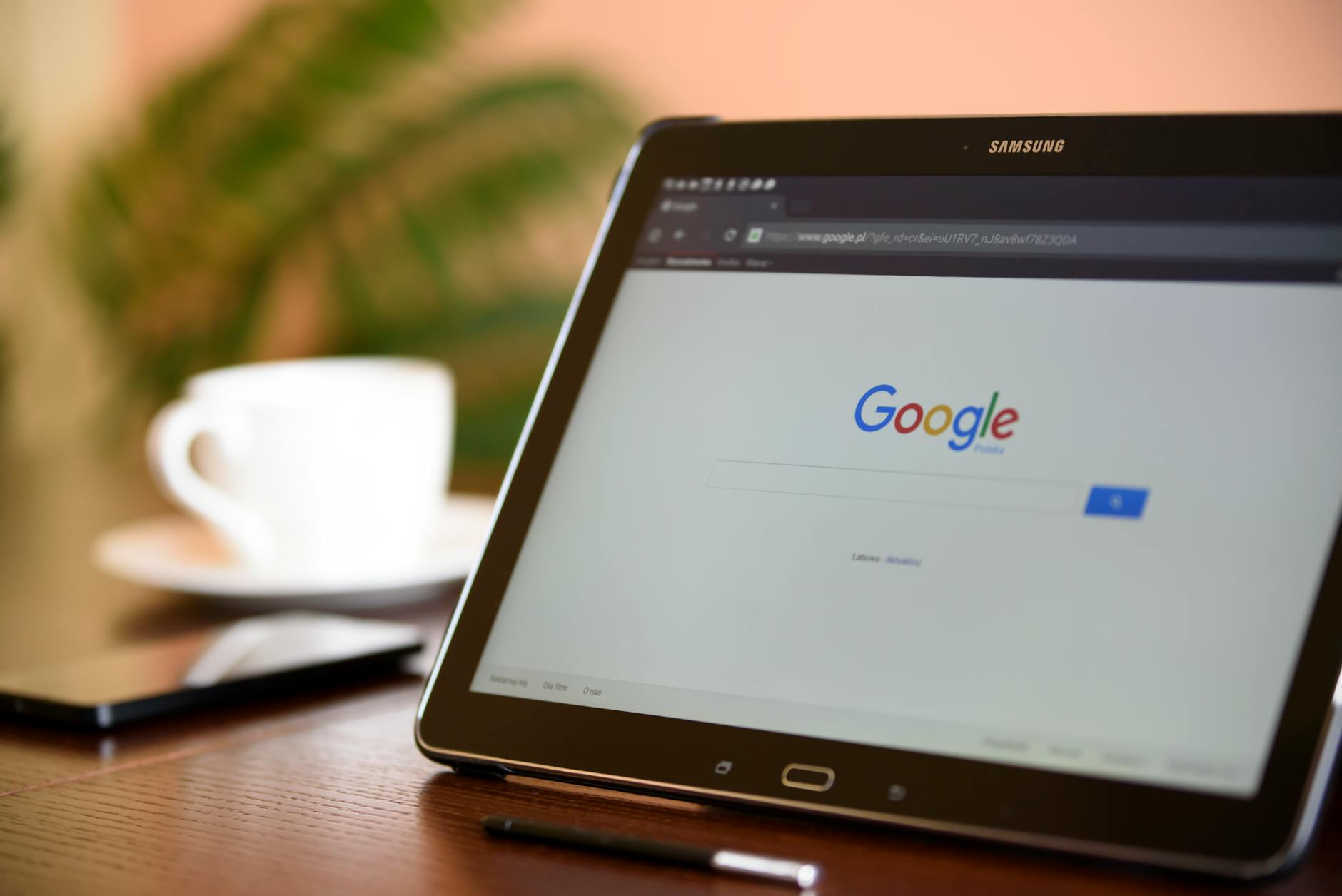Welcome! Did you know that over 90% of consumers use online searches to find local businesses? In today’s digital age, optimising your Google Business Profile is a game changer for local visibility.
In this guide, I’ll walk you through 10 actionable steps to make sure your profile not only attracts attention, but also converts users into loyal customers. Let’s dive into proven strategies that blend clear, actionable tips with real world insights!
Step 1: Claim and Verify your profile
Claiming and optimising your Google Business Profile will allow you to get listed with other local businesses in your area. It will show your customers your business name, address, phone number, reviews, photos, posts, and more!
All these are very important in building trust with your customers and with Google. But how do you actually get verified? Head over to google.com/business and we will guide you from there –
- Click “Manage Now”.
- Enter your business name and click on “Next”.
- Enter your business address. If you don’t have a physical business, but deliver products/services, in the local area, click “I deliver goods and services to my customers” and “Hide my address”.
- Pick your business category. It is important this category is as accurate as it can be, as Google will use this to evaluate your business.
- Add your business phone number.
- Add your website’s URL.
And that’s all there is to it. To ensure a smooth verification process, make sure you double check all of your business information you input, just to make sure there are no typos or mistakes.
Step 2: Complete Your Business Information
All verified? Great! The next step is to make sure your name, address, and phone number (NAP) are visible so your customers can find or contact you. This is not only important for getting enquiries but also for building trust with Google.
You see, Google uses your NAP as a trust signal when deciding whether your business is legitimate or not. A good consistency of the same NAP across different business directories or websites will enhance the trust Google holds in your website, allowing you to rank higher for more competitive keywords.
Be sure to keep on top of your optimising your Google Business Profile (GBP) by updating it along with every change your business makes. For example, if you release a new product or service, list it on your GBP straight away to inform your customers!
Step 3: Choose Relevant Categories
Now onto categories. Remember when you chose a few categories for your business when setting up your profile? Well now you can add more if you want. I would recommend adding as many categories that relate to your business as possible – within reason.
For example, if you are a plumber, don’t add your business to the restaurant category! The reason why choosing as many categories as possible is good, is because Google can then match your business category to search queries. This will make it more likely for your business to show up in the local search results.
If you are operating within a very narrow niche (for example, I had a client once selling boat windows), then the categories you choose are more important as not many people will be searching for your product/service. Make sure you choose categories with high search volumes which still relate to your business so you have a better chance of appearing in search results.

Step 4: Optimise Your Business Description
Now it’s time for you to write a compelling description about your business. This is the first thing your customers are going to read to get a sense of your business, so make sure you are honest and friendly!
Tips for optimising your description
The best way to optimise your business description is to add mentions of your service to your description without sounding spammy. Try adding 1-2 keywords for your main product/service.
Again, adding these keyword mentions will reinforce to Google what you do, however, your business description is mainly for user experience. It will act as a trust signal for your customers more than a ranking factor, so please do not start spamming your description with your target keywords!
Here is a template for a strong business description –
“{Business name} is a {primary business category} and serves in {target location} and surrounding areas including {nearby area #1}, {nearby area #2}, and {nearby area #3}. For over {years in business}, our professionals have provided {target product / service} with an outstanding level of support, care, and communication. {Mission statement}.”
Step 5: Add High-Quality Photos and Videos
Have you ever looked at a massive wall of text and thought to yourself “There’s no chance I’m reading all that”? Me too!
This is why images are so important to add, not only to your blog posts, but to your Google Business Profile listing as well. Images will demonstrate all your expert services to customers and potential buyers, helping you build trust and gain a solid client base.
However, you only want to upload images if they are of a high quality. You don’t want blurry images getting in the way of your customers, as this can be seen as unprofessional. The best way to avoid blurry photos is to take great pictures yourself. You can also use an image compressor like TingPNG, or get good quality images from Canva.
Step 6: Encourage and Manage Reviews
Reviews are probably the most important aspect of optimising your Google Business Profile. Think about it, how many times have you chosen one business over another just because of reviews? Probably all the time!
It’s a good idea to get into the habit of regularly asking your customers for reviews after you have completed jobs for them. You could also get a Google Business Review card and hand it out to them once the job is completed.
Now, it’s not all uphill from there, you will be likely to get some bad reviews as well – you can’t please everyone. When your first bad review does come in, respond to it in a calm, cooperative manner, apologising for the customer’s negative experience. Offer solutions, and if all that fails, just leave the comment alone (they probably just want to ramble rather than find a solution).
The main thing is to ensure you never respond negatively to a bad review. This will only discredit your business.
Step 7: Use Posts to Engage Your Audience
Make sure you regularly update the posts section of your Google Business Profile. You can write about community events, local trends, or tips to do with your product/service.
The hack with this is to just rewrite snippets of the blog posts you already have on your site. This will save you time in the long run.
For example, take the opening paragraph to a blog post, reword it, bang it into your GBP, add an image, and you’re done! GMB posts are also really good to repurpose across your businesses social media accounts as they are short and sweet. So get posting!
Step 8: Update Your Business Hours and Contact Information
You must have your business hours to optimise your Google Business Profile, otherwise how are your customers going to know whether you are open or closed? This is especially important for brick and mortar businesses.

To edit your hours just go to the “hours” section and click on “edit”. You also need to add “special hours” to your profile. This will let your customers know whether you are open on bank holidays or seasonal holidays.
Step 9: Leverage the Q&A Section
You might not think it, but your customers love hearing back from you! The Q&A section of your Google Business Profile will drive customer engagement and increase your brand’s visibility in search engines. It will also allow you to demonstrate your expertise.
I would recommend logging into your Google Business profile at the end of every week to see if your customers have left and questions or reviews for you to respond to. Or, if you are too busy, you can always hire an assistant to take care of this for you.
Step 10: Monitor Insights and Adjust Strategies
When you log into your Google Business Profile, you will see a “performance” tab. If you click on that, you will be able to track and monitor your business profile.
It shows you how many calls it generated that month, along with website clicks, and much more! These insights can tell you how your local SEO plan is performing, and whether you need to make any adjustments or not.
Conclusion
To wrap up, optimising your Google Business Profile isn’t just a one-time task – it’s an ongoing strategy to improve local search visibility and drive customer engagement. By following these 10 steps, you’ll ensure your business stands out online and attracts more local customers.
Remember, a well-maintained profile is your key to staying competitive in the digital landscape. So, take action today and watch your local presence flourish!





One thought on “How to Optimise Your Google Business Profile in 10 Steps”
Comments are closed.